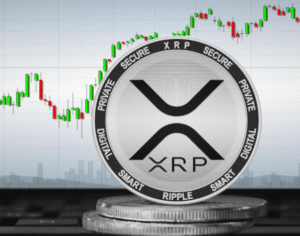#Web3 #decentralization #blockchain #multichain #cryptocurrency #chainkey #cryptoRegulations #innovation
The evolution of decentralized networks has shown extraordinary growth, with treasuries amassing over $25 billion and memberships expanding rapidly. This surge in interest and investment has been complemented by the introduction of cryptocurrency-friendly legislation in several jurisdictions such as Switzerland, Malta, and Hong Kong, solidifying the perception of Web3 as the future blueprint for business organizations. Nonetheless, the blockchain space is currently marked by a complexity arising from the plethora of competing protocols. Developers are often faced with a tough decision: either restrict their project to a single blockchain, thereby limiting their potential audience, or attempt to integrate multiple chains, which can introduce new vulnerabilities and complex technical challenges while also potentially reducing liquidity due to fragmentation.
This fragmentation within the blockchain ecosystem is a significant barrier to the widespread adoption of blockchain technologies. It underscores the need for a shift toward simplifying the development process on the blockchain. Fortunately, solutions are emerging that promise to bridge the gaps in the Web3 space through direct integration methods. These approaches not only aim to connect different blockchains in a simple and effective manner but also seek to enhance the capabilities of each chain beyond what was initially possible. This promises to catalyze innovation and efficiency in a way that was previously unattainable. Furthermore, the concept of decentralization across multiple chains introduces a wealth of benefits, including resilience through diversity, enhanced collaboration across blockchain communities, and seamless access to liquidity. However, the current solutions, such as bridges and Layer 2 networks, while promising, are plagued with their own sets of problems including security vulnerabilities, regulatory uncertainties, and the propensity to create isolated ecosystems with fragmented liquidity pools. This underscores the necessity for a new approach that allows for effortless and secure interactions across various blockchain protocols, a shift that could significantly impact how developers and users engage with Web3 technologies.







Comments are closed.